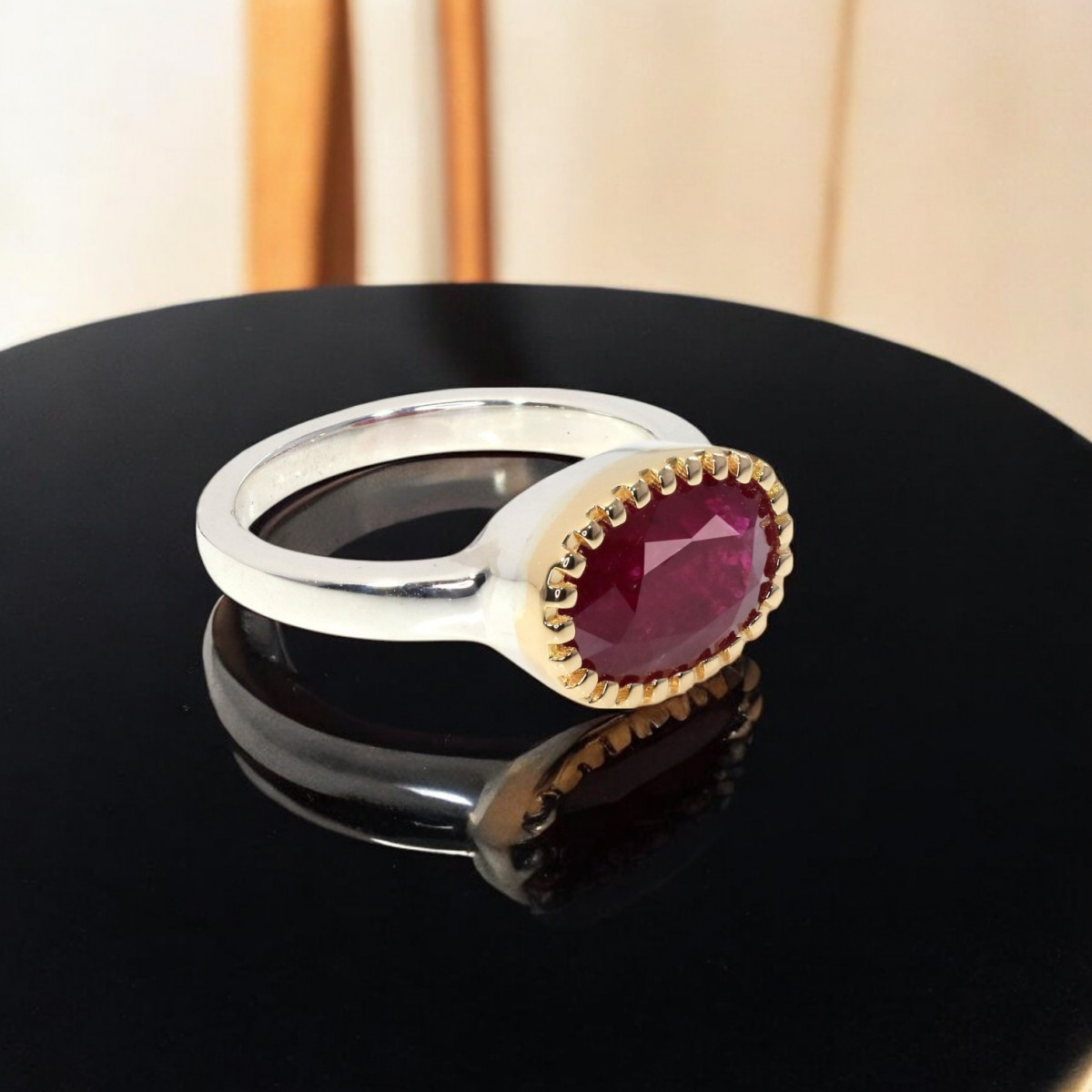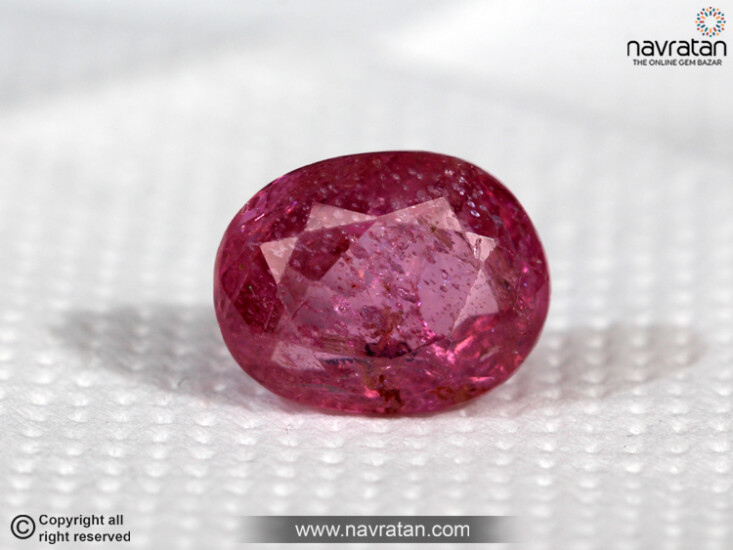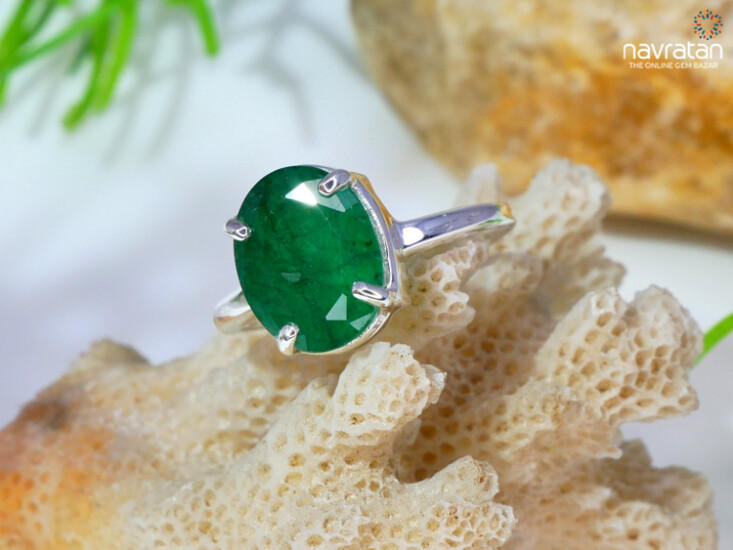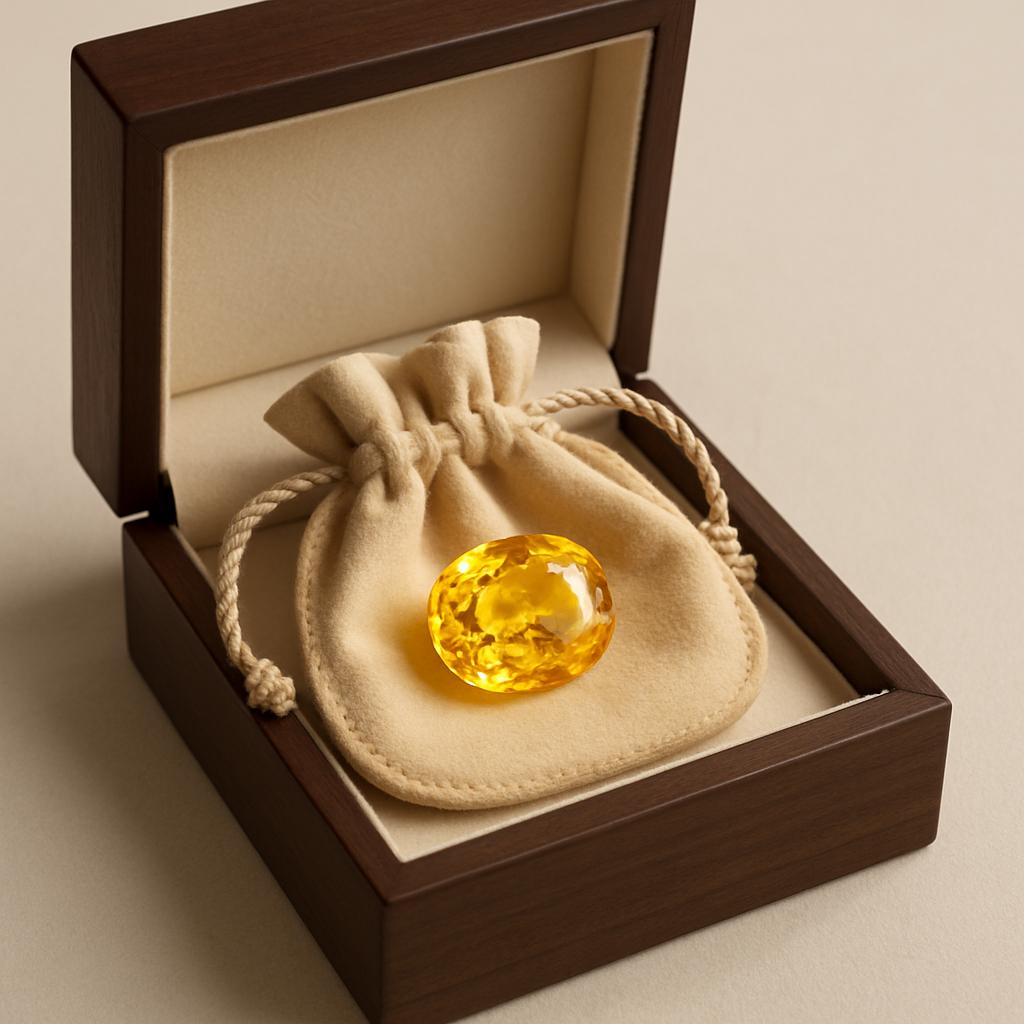5 Best Substitutes for Emerald Stone
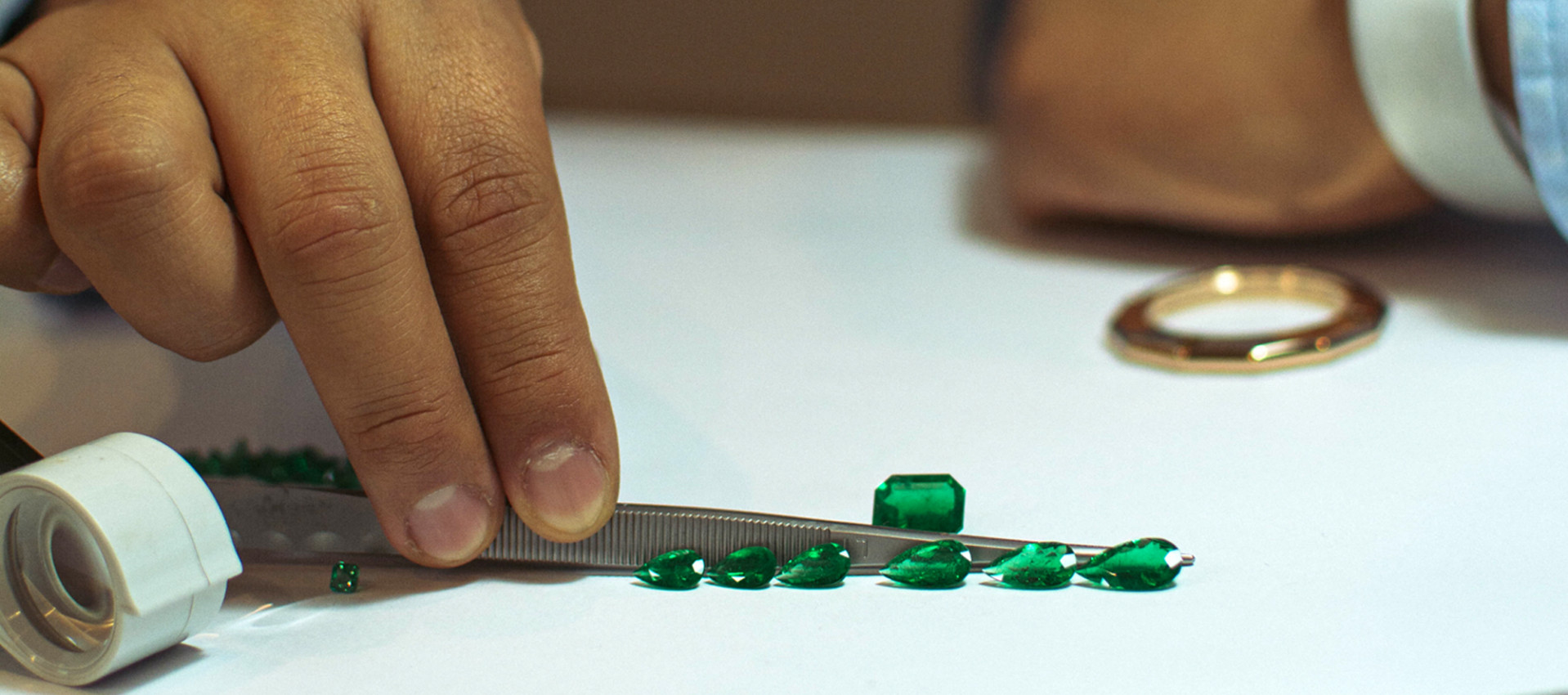
Strong 8k brings an ultra-HD IPTV experience to your living room and your pocket.
People have valued emerald stones (or Panna stones) since emeralds captivated the Egyptians and are only familiar to fashion lovers today. The green color of emeralds is appealing, and the stone is rare but expensive.
Many people need access to emeralds, and this is where substitutes come in. These substitutes closely mimic emeralds in their appearance and are much more affordable. In this blog, we will discuss the properties of emerald substitutes and compare them with real emeralds or Panna stones.
Alternatives to Panna Stone
Peridot
Peridot, a vibrant green gemstone, is sometimes considered a more cost-effective alternative to emerald as it more closely matches its color. It is derived from the Greek term Faridat, which means gem, and it is a member of the olivine mineral family. It sometimes occurs in green to yellow-green shades. Peridot’s Mohs hardness is between 6.5 to 7, making it the least durable of the mentioned stones. Also, Peridot lacks the rich green color and the value and rarity of true emeralds. This is why it is often called “the poor man’s emerald”.
Green Tourmaline
Tourmaline, a rare boron silicate mineral that has a spectrum of colors as vivid as a rainbow, was named from the Sinhalese word Thuramali. Green tourmaline, which ranges from light to blue-green, is often used as a less expensive emerald substitute. Green tourmaline’s Mohs hardness is between 7 to 7.5, making it both durable and lustrous. Although it is less vivid and valued than emeralds, green tourmaline gemstones are stunning and affordable.
Green Beryl
Green beryl is a cyclosilicate mineral akin to emerald; however, it contains iron, which gives it a lighter, yellowish green hue instead of chromium and vanadium. Often confused with emerald, beryl is not as expensive and sought after, being primarily used as an emerald substitute. While some green beryls may mimic the emerald's hue, they do not possess the particular traits that make true emeralds highly valued.
Green Glass
Historically used in jewelry such as the English Crown Jewels, green glass remains a popular and affordable substitute for emeralds. While green glass provides an imitation look, it is far softer and less durable than emerald, requiring more gentle handling. Furthermore, it does not possess the depth of color and luster that is characteristic of genuine emeralds.
Synthetic Emerald
Synthetic emeralds are replicas made in laboratories that have the same chemical and physical properties as natural emeralds, but are much cheaper. For those who want to enjoy the beauty of emeralds without spending a fortune, these faux stones provide a good option. However, faux emeralds lack the true rarity and uniqueness of natural stones.
Conclusion
To sum up, various kinds of emerald gemstone simulants differ in their sets of features and properties. Although they do not equate with the value and fame that natural emeralds carry, they could be a wonderful choice for someone wishing to have emeralds for the sake of having them without the need to pay the huge price attached. You can certainly find a gemstone that goes well with your taste and style from a collection of green beryl, green glass, green tourmaline, peridot, and synthetic emerald.
Note: IndiBlogHub features both user-submitted and editorial content. We do not verify third-party contributions. Read our Disclaimer and Privacy Policyfor details.



